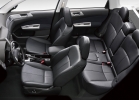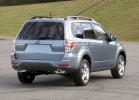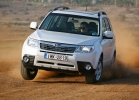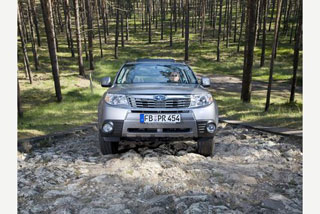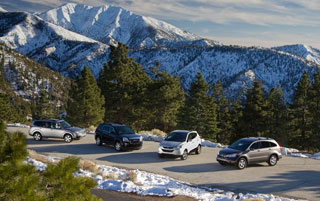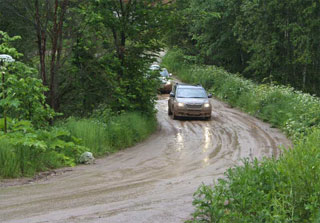Subaru Forester test drive since 2008 SUV
Four compact diesel suva compared
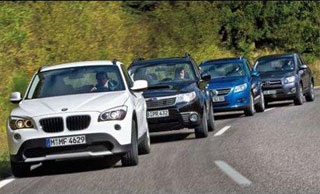 The new BMW X1 brings its dynamic appearance a fresh color in the compact SUV palette. What he is capable of, will show a competition with three famous representatives of the group of all -wheel drive cars.
The new BMW X1 brings its dynamic appearance a fresh color in the compact SUV palette. What he is capable of, will show a competition with three famous representatives of the group of all -wheel drive cars. At the gas station, the BMW driver looks at our car with interest and is friendly as a colleague for a colleague: what is it? New X1. Is this a station wagon? In some ways, yes, but perhaps he is also a low SUV. So, underestimated x3? No, not at all. Rather, the first station wagon with increased road clearance and at will with all -wheel drive.
Unlike a classic compartment, a sedan or station wagon, X1 looks an unusual beast. After all, he, like the 5th GT, has the features of cars of several categories.
Whether the X1 will land between the chairs, entering this conceptually drawing territory, or will present a worthy alternative to the usual SUV'Am, will show a comparative test of the X1 XDRIVE20D model (177 hp, 34,400 euros) and three proven compact SUV'ov.
In this case, Japan is represented by Subaru Forester 2.0d (147 hp, 30 100 euros) and Toyota Rav4 2.2 D-Cat 4x4 (177 hp, 34 350 euros), from Germany the quartet closes the VW Tiguan 2.0 TDI 4Motion with a capacity of 170 horsepower at a price of 31,950 euros.
Body and equipment
Like the new 7th and 5th GT models, a large proprietary radiator grille is located on the face of X1, located almost vertically. The powerful front of the air is accompanied by the slender shape of the body, which, against the background of almost ten centimeters of higher competitors, looks even elegant.
Already before landing in the car, such a layout can be expected: X1 is not a wizard at all in terms of spaciousness, and does not claim this role. The driver and passenger in the front seat are freely and very conveniently located in chairs like the chairs of the sedan. But in the back row, comfort immediately comes to the end of the knees rest on the hard backs of the front seats. The same tightness in the back of the cabin is observed only in Toyota, in which in the front row it is not too spacious.
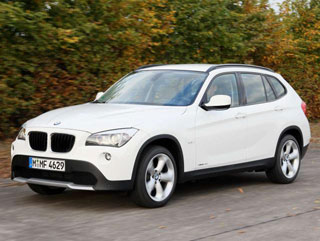 Here, in the best light, Subaru Forester and VW Tiguan appear, ready to offer comfortable accommodation for four adults. Tiguan’s advice: if a tall passenger often travels in the back seat, it is better to abandon the panoramic roof, since it limits the space above the head. When examining the luggage compartment X1, the suspicion is intensified that the capacity was not included in the list of ten most important goals when developing this car.
Here, in the best light, Subaru Forester and VW Tiguan appear, ready to offer comfortable accommodation for four adults. Tiguan’s advice: if a tall passenger often travels in the back seat, it is better to abandon the panoramic roof, since it limits the space above the head. When examining the luggage compartment X1, the suspicion is intensified that the capacity was not included in the list of ten most important goals when developing this car. The trunk volume from 420 to 1 350 liters is not at all a feat, given the volume of competitors. Nevertheless, X1 can be conveniently transformed: the backs of the rear seat are folded in a ratio of 40:20:40 and form an almost even luggage surface.
But it happens better, for example, with separate seats that can be moved separately (Toyota, VW) or with a folding back of the front seat, like VW. In Subaru, I like the flat surface of the luggage compartment, the back of the rear seat is fixed with the help of a small lever and smoothly lean forward.
Forester has a good overview, and this car will be a good choice if the criteria are spaciousness and practicality. However, it lags behind to ensure security even from RAV4, which does not reach BMW and VW due to the lack of xenon. Forester’s does not have a turning light of headlights, lighting and rain sensors, as well as side airbags from behind.
The rough style of the salon device with hard plastic also does not add Subaru points, although the decoration looks as solid as the RAV4, which looks prettier. But BMW X1 also does not win here.
The staggering details of the cockpit and overlays on the racks of the roof, unstable to scratches, cheap plastic without any softening materials, pleasant to the touch and look, sharp edges of the rear door and a miserable type of finishing of the steering column significantly spoil the impression of quality and in no way correspond to in any way The claims of the blue and white brand on the premium class.
Perhaps the disadvantages of the finish are explained by the complexity of the production process. But to high quality VW Tiguan, the young BMW is still very far away.
Comfort on the road
If you know a two-liter BMW diesel engine 3rd series or even the 5th series, then you will be extremely surprised how loud it works in X1. It is immediately obvious that there is no excess of soundproofing material, and this applies to Subaru Forester. Under the load, the engine clearly knocks, so it is easy to guess that it is a diesel engine.
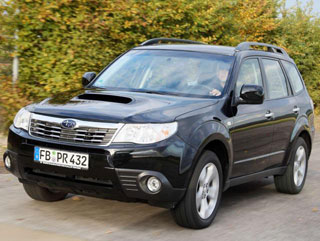 In addition, the noise of the suspension and wind worsens the impression, also due to poor sound insulation. Tiguan and Rav4 work more quietly, although in some revolution ranges the 2.2-liter Toyota engine shows significant activity, which is why noise increases in the cabin.
In addition, the noise of the suspension and wind worsens the impression, also due to poor sound insulation. Tiguan and Rav4 work more quietly, although in some revolution ranges the 2.2-liter Toyota engine shows significant activity, which is why noise increases in the cabin. Like Subaru, Toyota is equipped with soft plush seats, which, after a small piece of path, are not as convenient as the chairs of German competitors. German developers took care of lateral support and sufficient seats, and sports seats for 580 euros without an electric drive installed in X1 were especially successful.
Tiguan’s full and coherent works in full. Obviously and responsive VW smoothly passes almost all the obstacles that find themselves under its wheels on the roads. And the adaptive depreciation system for a surcharge of 1,045 euros is only cream on the cake, in other words, as previous test cars prove, ordinary suspension is less comfortable only in theory.
The BMW X1 showed itself less balanced: it is not so well manifested exactly to react exactly if 18-inch wheels with Run Flat tires are installed, allowing you to continue to move after the puncture. Otherwise, the front and back axes behave shortly, until at full load, the back of the suspension begins to break through on large waves.
This sign of the limit of opportunities is manifested in the most loaded Toyota. But until that moment, it retains the same maneuverability as Subaru. True, Subaru with two passengers on board due to weak depreciation begins to pretty much.
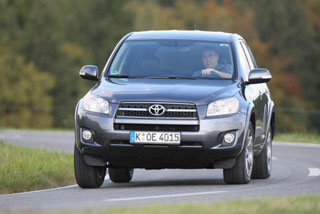 From the point of view of ergonomics, all four participants are at a fairly high level with a small advantage in BMW and VW. However, the right opening of the rear door of Toyota is impractical during right -sided movement in Germany to make more movements in order to move away from the car.
From the point of view of ergonomics, all four participants are at a fairly high level with a small advantage in BMW and VW. However, the right opening of the rear door of Toyota is impractical during right -sided movement in Germany to make more movements in order to move away from the car. Engine and transmission
The technical exotic of this comparative test is the Subaru four -cylinder opposition engine. Although with 147 horsepower Forester is inferior to competitors up to 30 horses, the characteristics of its movement (we will leave the maximum speed so far) are at the level with the capabilities of the 170-horsepower Tiguan.
Outside of competition BMW X1. Only in the test for the development of torque he has a serious opponent in the person of Toyota Rav4. The BMW two -liter engine works more fun than its competitors, willingly gaining high speeds and gives the very charge of pleasure for which many buy BMW. This brilliant performance is reinforced by the lowest fuel consumption, although 7.5 liters are much more than the declared average consumption of 5.8 liters.
However, the nozzles of Tiguan'a (8.3 liters consumption) and RAV4 (consumption of 8.7 liters) spend even more. And Forester, in which a twitching gearbox leaves a feeling of irritability for a long time, is still appetite to class above 9.3 liters.
Dynamics
In addition to the pleasant operation of the motor, BMW also pleases with the dynamics of the extractor. It allows you to control even more precisely than Toyota Rav4 and VW Tiguan, and slows down the best. So it is not surprising that the car behaves obediently and drives a snake at high speed, despite a slightly tight steering wheel in an average position.
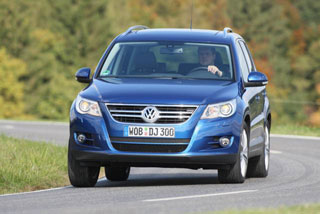 The last place in this chapter remains with Subaru, which least of all pleased us with its uninformative steering wheel and strong body rolls. And the braking distance is a danger: more than 40 meters for braking at a speed of 100 km/h no longer meet modern requirements.
The last place in this chapter remains with Subaru, which least of all pleased us with its uninformative steering wheel and strong body rolls. And the braking distance is a danger: more than 40 meters for braking at a speed of 100 km/h no longer meet modern requirements. Prices
Gaining points for low basic value, Subaru loses them at high costs for maintenance and fuel and with an insignificant advantage bypasses VW Tiguan, which, in turn, earns points at a low loss of cost and a profitable guarantee.
The high price of Toyota is balanced by the quality of the configuration. A similar cost, but with a less complete BMW set, despite the low fuel consumption, is in this part of the test only in fourth place.
Output
With a vigorous and at the same time economical engine, as well as captivating dynamics, BMW X1 wins first place. But he is not alone here, because VW Tiguan is gaining the same number of points. It is convenient, spacious and multifunctional. To this should be added good finish, maneuverability and competence in safety matters. Then Subaru fails the test. Dangerously long braking distance and disadvantages of the security system throw a shadow on a car, which causes exclusively sympathy with its attractive price and straightforward character. Toyota Rav4 does not pose a threat to X1 and Tiguan. This Japanese, of course, has no great weaknesses, but he also lacks stars from the sky either.
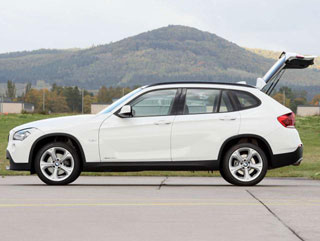
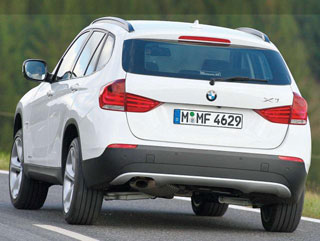
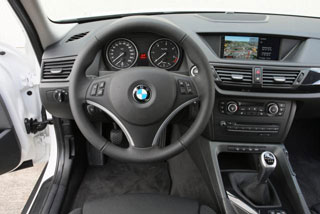
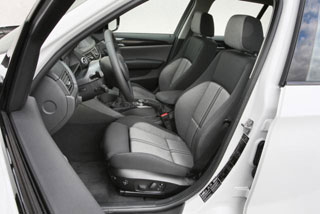
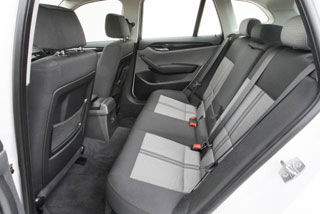
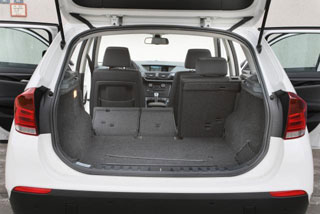
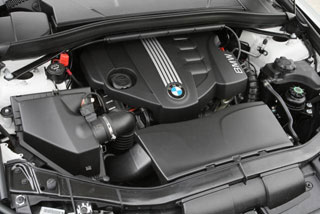
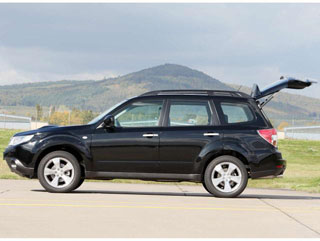
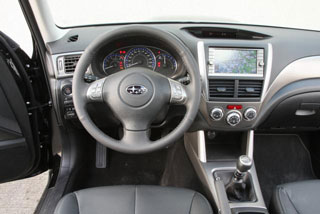
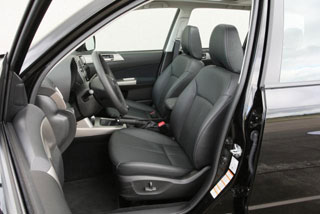
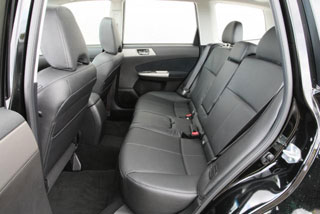
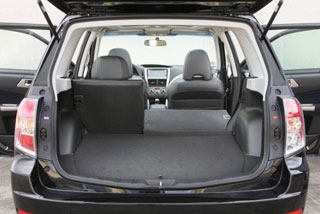
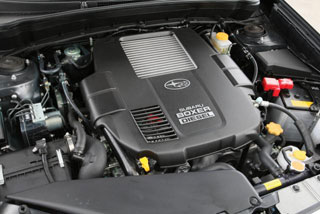
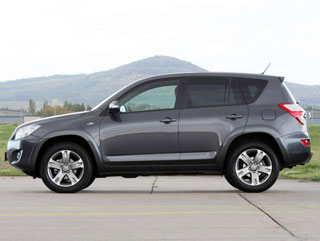
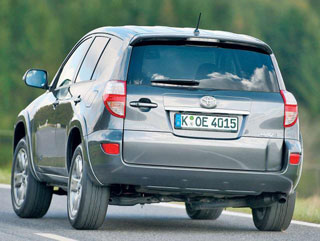
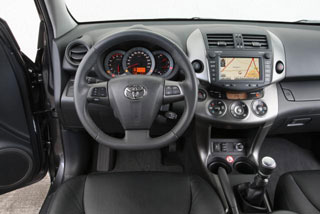
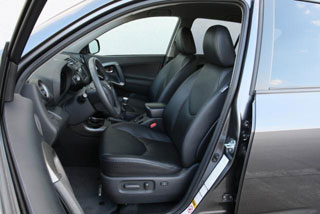
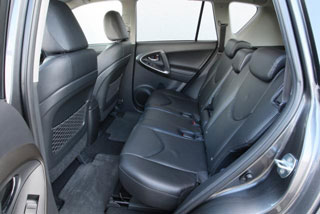

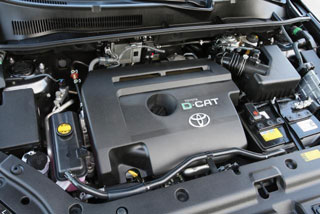
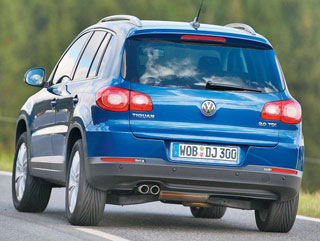
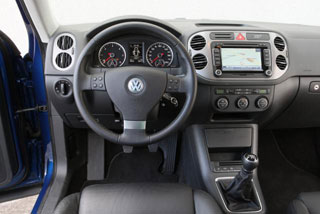
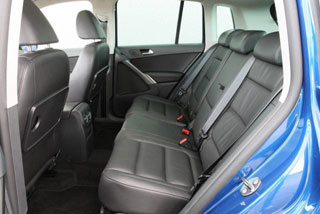
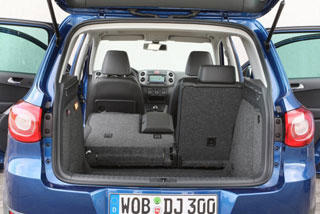
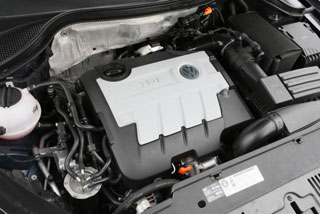
A source: Auto Zeitung
Video Subaru Forester test drive since 2008
Subaru Forester Crash Video since 2008
Subaru Forester test drive since 2008
Subaru Forester Crash Test since 2008
Krassh Test: Detailed Information91%
Driver and passengers
73%
Pedestrians
91%
Children-passengers
86%
Active security system


